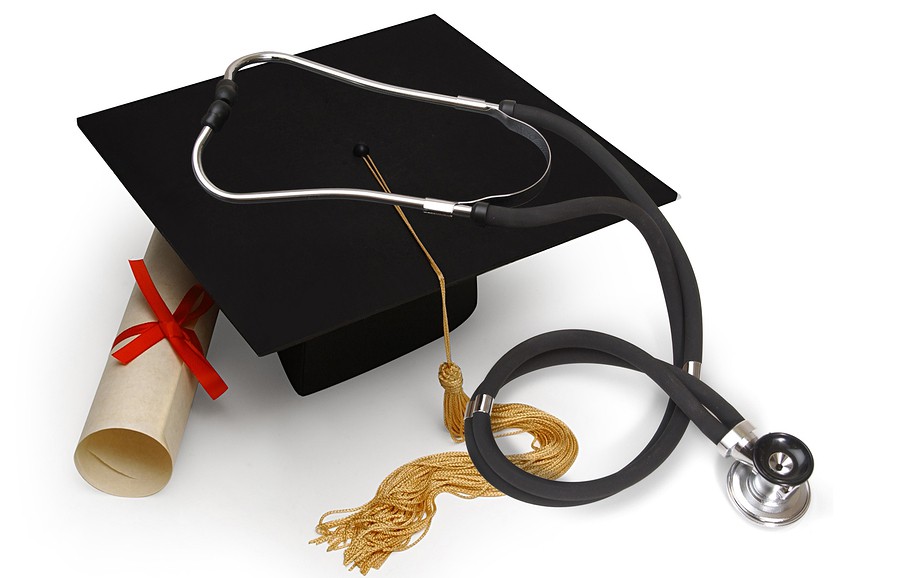 Experts at U.S. News and World Report recently reported an expected 30% increase in available medical school enrollment openings before the year 2017. The majority of these openings exist as a direct result of the recent accreditation of over a dozen new medical schools. These new M.D. programs offer prospective medical students increased diversity of school choice, but doesn’t diminish the high national standards required for admission.
Experts at U.S. News and World Report recently reported an expected 30% increase in available medical school enrollment openings before the year 2017. The majority of these openings exist as a direct result of the recent accreditation of over a dozen new medical schools. These new M.D. programs offer prospective medical students increased diversity of school choice, but doesn’t diminish the high national standards required for admission.
Booming Needs in Healthcare
The underlying forces behind this increase in both medical schools and enrollment openings vary. The U.S. healthcare system continues to exert high demand for qualified physicians, particularly as the baby boomer population ages and requires age-related medical services. It is also likely that the recent economic instability has increased the appeal of long-range studies among students who note the benefits of advanced education in lieu of immediate entrance into the workforce.
John Prescott of the Association of American Medical Colleges also points to the recent trend among recently graduated physicians to pursue “a better work-life balance,” according to the article. As new doctors eschew the old standard of 60+ hour work weeks in favor of more sustainable hours, the demand for an overall increase in physicians to fill the remaining hours emerges.
A New Competitive Edge
Interestingly, this trend toward the adoption of a healthier workload by recently graduated doctors mirrors subtle changes occurring within the medical schools themselves. Gone are the days when entrance to medical school was a purely academic competition. Instead, newly opened medical schools actively seek well-rounded students who demonstrate an appropriate balance of academic preparation, long-term community service commitments and a thorough understanding of the link between healthcare and social justice.
Growing Pains
While the stage is set for increased medical school enrollments and increased numbers of graduated physicians to emerge into the workforce, the available residency programs nationwide have remained relatively unchanged for over a decade. Prescott points to programs like Medicare as obvious sources of residency stagnation. While some medical schools export students across state lines for residency opportunities, it may become necessary for students to respond to increased competition for available residencies with international opportunities or face residency-based enrollment caps.
The message for prospective medical students is clear: as enrollment opportunities increase, the necessity to remain competitive stays the same. Indeed, in a rapidly changing world, the key concept for potential students, new physicians and medical schools themselves is one of maintaining balance while embracing emerging healthcare opportunities and challenges.









